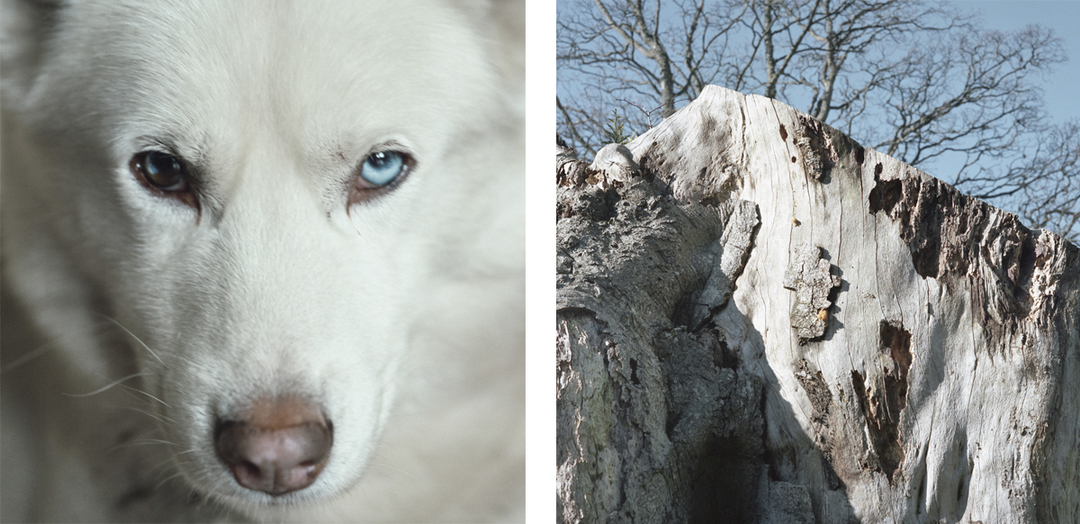Documenting Britain
“…but there are no tribes beyond us, nothing indeed but waves and rocks…”
– Pictish chieftain Calgacus according to the Roman Tacitus in his work Agricola
For Documenting Britain I will develop my photo-story: A Pictish Tale. The Picts remain now as mysterious as ever, with scholars unable to agree on many basic issues including what language they spoke and their cultural origins. Types of animals and especially the objects they carved into stones suggest that the Pictish society used matrilineal succession, unlike any other of cultures living around them. I have journeyed mostly on foot to often remote locations of eastern and northern Scotland, from Aberdeenshire to Orkney, searching for traces in landscape as well as the ancient artefacts of Pictish past to recreate a tale of my own.
Disappeared People

When I first heard of the Picts several years ago, it was only a brief mention of their complete disappearance from Scotland. That sounded very definite and mysterious, not dissimilar to what I knew of Etruscan civilization for example.
Further reading revealed that Pictish people merely assimilated themselves, voluntarily or not, with the Scots that came originally from Ireland and the western coast. We know very little of them because they have probably not developed their own script as no written materials were found.
All mentions of the Picts come from ‘foreign’ sources, firstly from the Romans that invaded Britain in 43 AD. Their northern campaigns were led by the governor Agricola between 80-84 AD and covered almost all of what would have been the lands of different ‘Pictish’ tribes. The name itself as we use it now was given to these people by the Romans and is not clear if it refers to war paint and tattoos or symbols they carved into stones erected on their territory.

However, there are a few common features between these tribes distinguishing them from people living west and southward. First of all it’s the stones; especially those now classified as Class 1. Class 2 and 3 stones’ carvings are newer and were influenced by Christian iconography from around 500-600 AD. Class 1 stones contain unique system of picture-symbols that include geometrical designs as well as clearly identifiable animals apart from the one that is now called ‘Pictish Beast’ (similar to an elephant or a sea horse, but clearly neither). W.A.Cummings quite controversially argues in his book ‘The Picts and Their Symbols’ that these carvings represent the name syllables of individuals, which would make them a script and at last elucidate Pictish genealogy and social structure.
The second, also geographically traceable feature would be the use and perhaps also building of brochs.

I have decided to follow archaeological clues and visit some of the Class 1 stones still standing at their original finding spots as well as brochs, some of which are very well preserved. It has been fascinating to try to imagine the landscape as seen by Pictish eyes. To give my story more life, I have also photographed people that look close to my idea of the Picts alongside some of the animals represented in the carvings. To make a further connection I have intentionally looked for geometrical shapes in nature and certain colours that I have found in all of these locations so far (Aberdeenshire, Sutherland and Orkney).
One strand of my research I find particularly interesting and that is a suggestion that the Pictish society used matrilineal descent system. First two images in the story so far reflect this and my further research and photographic work will focus more on women in the Pictish and later Scottish mythology and visual anthropology.